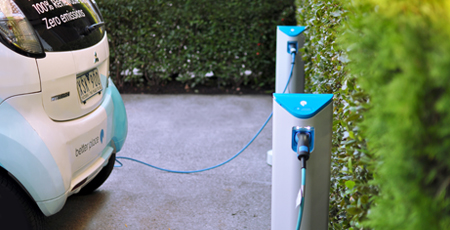The price of solar panels fell by almost 50% over 2011, contributing to a boom year for the solar industry – also contributing of course were deadlines for various solar grants and subsidy programs both here in Australia and over seas. What this means for homeowners of course, is that even if they have missed out on some of the government subsidies for solar power for homes, solar power may still be within their reach. (Sources: Future Tense and Marketplace.)
Renewables in Developing Nations Depend on Private Investment: Study
Writing in the African Journal of Economic and Sustainable Development, Benedict Ilozor and Mohammed Kama of the Eastern Michigan University, in Ypsilanti, USA present findings from a case study of Nigeria in West Africa. They suggest that it’s up to the private sector and commercial banks, and perhaps charitable organizations, to fund the installation of wind turbines, solar panels and other renewable energy systems in developing nations. (Source: Science Daily)
Storing Renewable Energy
One of the issues associated with using renewable energies on a large scale is that they are frequently unavailable at peak load periods (mainly 4-8 pm). Unfortunately most of the energy generated in Australia currently has to be used as it is produced. If renewable energy is to have a real future as our main power source, storage systems need to be put in place. This is not an issue everywhere – in Europe , for instance, Norway is available as the ‘battery’ for the whole continent, with all it’s slopes, up which water can be pumped when energy us available, to be released later to generate electricity as needed.
In Australia though, we don’t have that option on a large scale. But Maria Forsyth, chair in Electromaterials and Corrosion Sciences at Deakin University in Victoria, along with her team, are among the various groups of researchers around the world working on better battery storage options. Using what they’ve learned in producing lithium ion batteries they are working to develop reliable, low temperature sodium batteries. As sodium is a far more available element than lithium these will be cheaper, more sustainable batteries. In a recent interview on Radio National’s Future Tense, Forsyth predicted they will have small scale sodium battery power available within around five years, and a decade for larger scale systems.



